The cardinals failed to elect a new Pope for the Roman Catholic Church on Wednesday (May 7) after black smoke billowed from the chimney of the Sistine Chapel. Nearly 133 cardinals will be meeting again on Thursday (May 8) to resume deliberations.
No Pope in modern times has been elected on the first attempt, so that outcome was widely expected. Given recent history, a final result is possible from the second day, after four rounds of voting.
As the cardinals engage in the secretive process to pick the successor of Francis, let us look at how much the conclave costs.
Cardinals gather to pick the next Pope
In the days following the passing of Pope Francis on April 21, more than 200 cardinals, accompanied by their assistants, were transported from various parts of the world and provided with lodging, sustenance and laundry services. What followed as a mourning period of nines days and funeral.
On Wednesday afternoon, some 133 of these cardinals, all under the age of 80, initiated the voting process for a new Pope behind closed doors of the Sistine Chapel.
Faithfuls from all around the world have gathered on St Peter’s Square to watch for the white smoke that signals the election of a new Pope**.**
Who pays for the conclave?
According to the terms of the 1929 treaty, which established the Vatican City State, it is Italy’s responsibility to cover security-related expenditures.
During the most recent papal conclave held in 2013, the costs incurred for security provisions, the augmentation of public transport services and other ancillary expenses reached 4.5 million euros (equivalent to $5.1 million), as reported by the then Mayor of Rome, Gianni Alemanno. The total cost for the conclave that picked Francis was kept under wraps, but the Vatican later reported an annual budget deficit of 24 million euros.
Similarly, no estimate has been given for this conclave. The government of Prime Minister Giorgia Meloni made available an initial five million euros after Francis’s death. The total costs are yet to be quantified, said civil protection minister Nello Musumeci.
The government reported that the period between the death of John Paul II and the election of Benedict XVI in 2005 necessitated the deployment of almost 12,000 security staff, 1,000 firefighters and 5,000 civil servants. In the same year, the Vatican incurred expenses of approximately seven million euros for the organisation of the funeral and the subsequent conclave, according to a Holy See publication.
That year, arranging the funeral and the conclave cost the Vatican some seven million euros, according to a report published by the Holy See. The Church has since been less transparent with figures.
What do we know about Vatican finances?
Throughout his tenure as pontiff, Francis dedicated efforts to reforming the often opaque and fiscally unsound financial operations of the Holy See.
He created a special secretariat for the economy in 2014, clamped down on corruption and stepped up scrutiny of investments and the Vatican Bank, which led to the closure of 5,000 accounts. But Vatican finances remain precarious, and cardinals were briefed on the situation ahead of the conclave. The Holy See continues to face a chronic budget deficit, estimated at around 30 million euros in 2022, amid a decline in donations from the faithful.
How is the new pope picked?
The pope is chosen at the conclave. This private gathering is convened after the death of a pope or in case of a rare resignation like that of Pope Benedict XVI.
There are 133 electors of the 252 cardinals, and only those below 80 can take part in the secret ballot at the Sistine Chapel.
The process is a closely guarded secret, and the outside world knows if a Pope is picked by watching smoke from the Vatican rooftop. Black smoke indicates that no consensus has been reached. If the smoke is white, then a new Pope has been picked.
With inputs from agencies


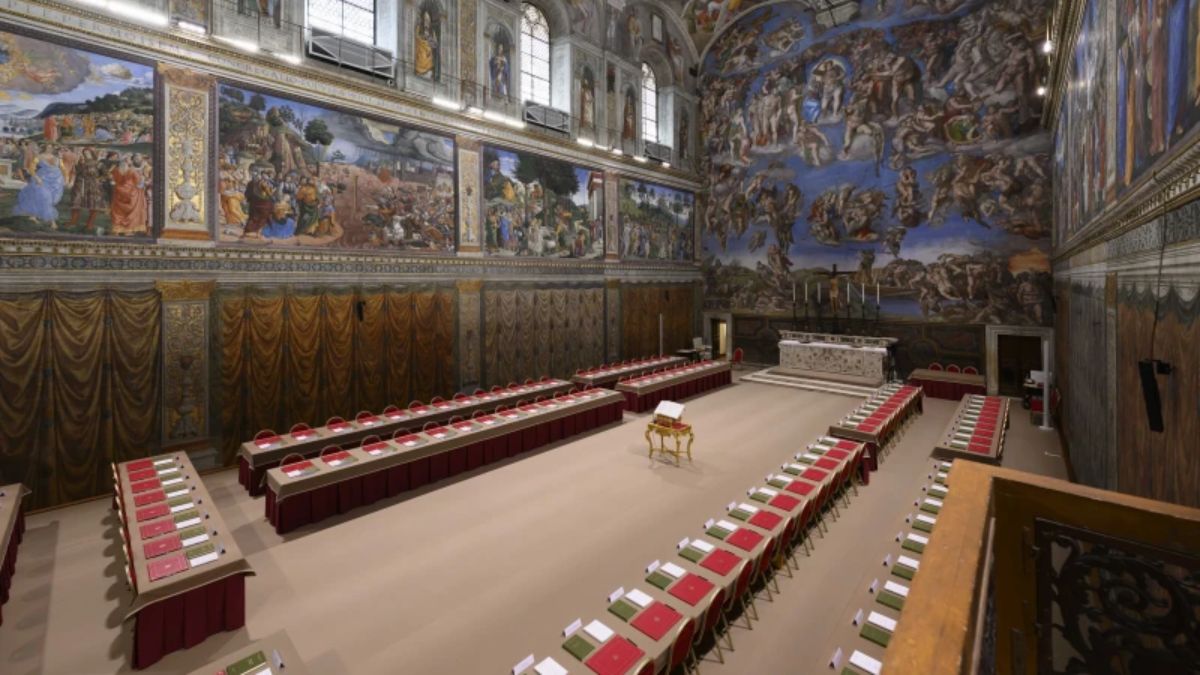)
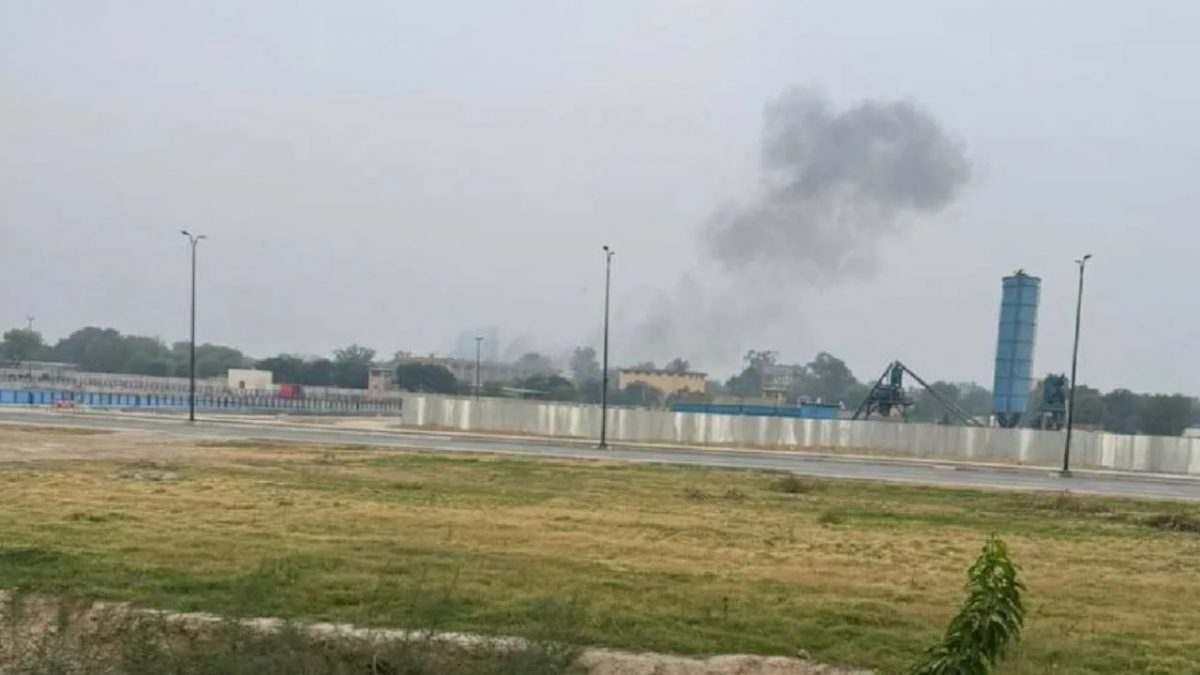)
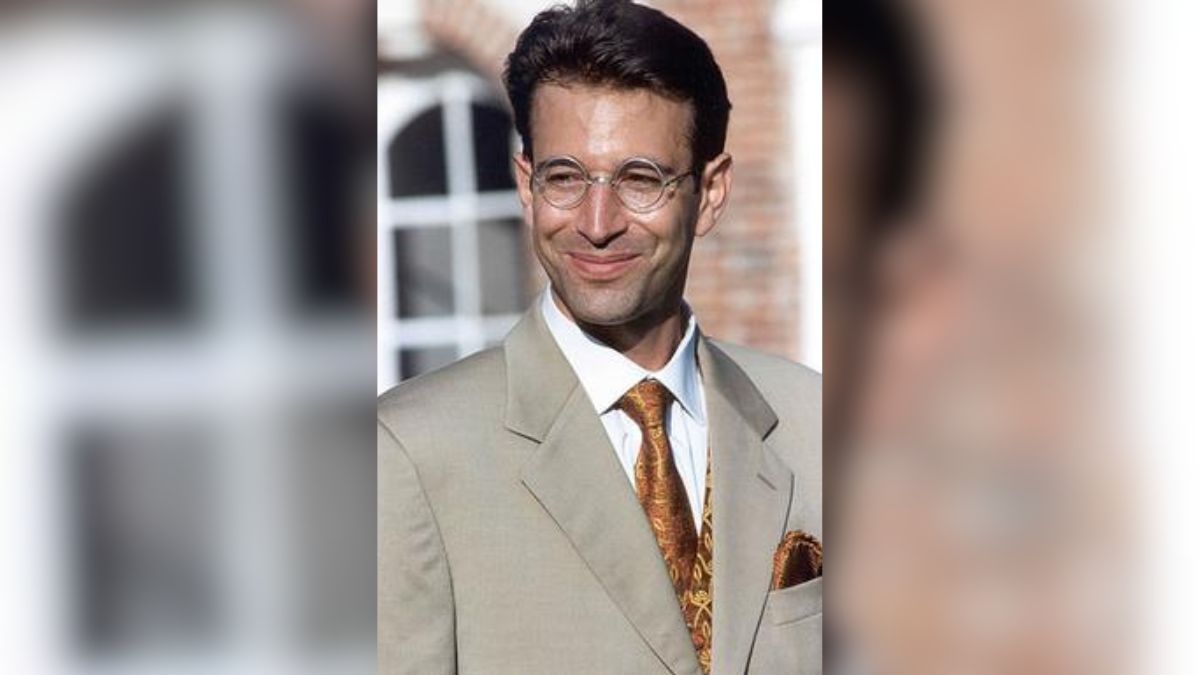)
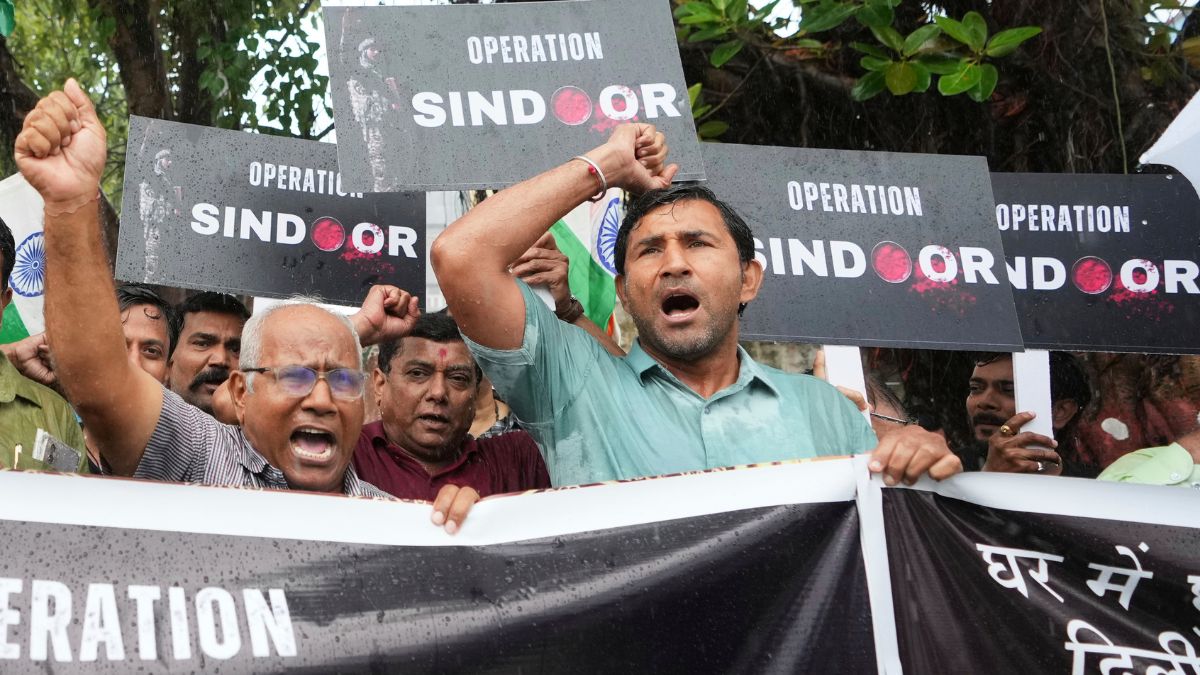)
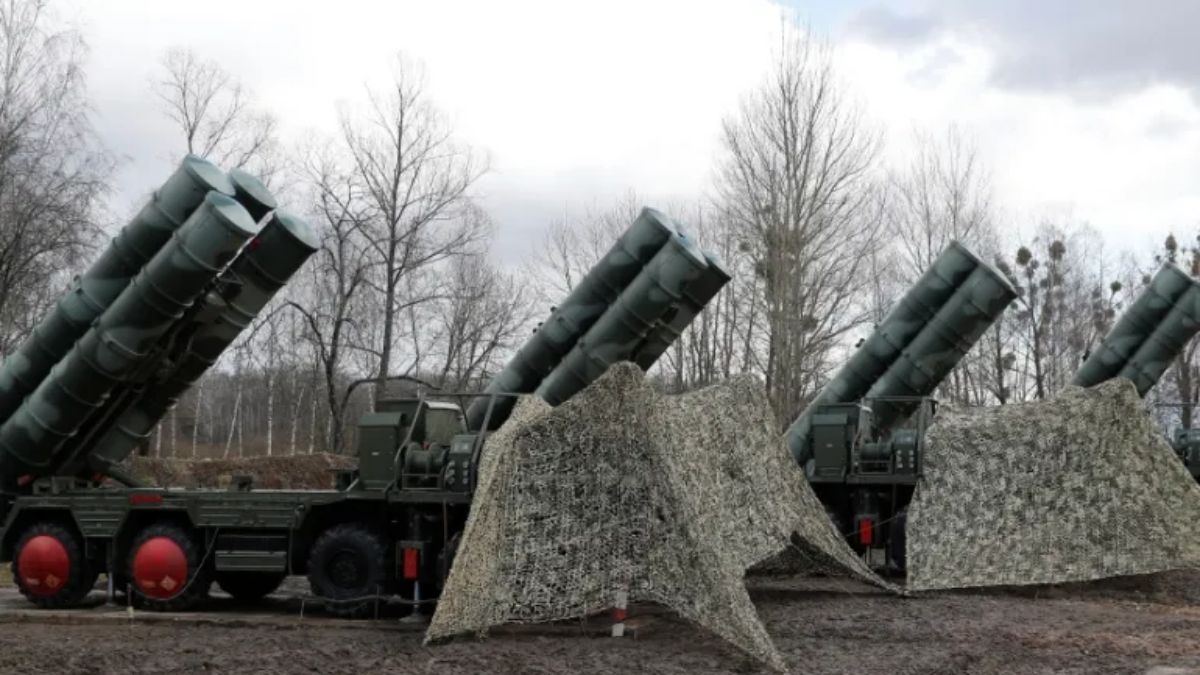)
)
)
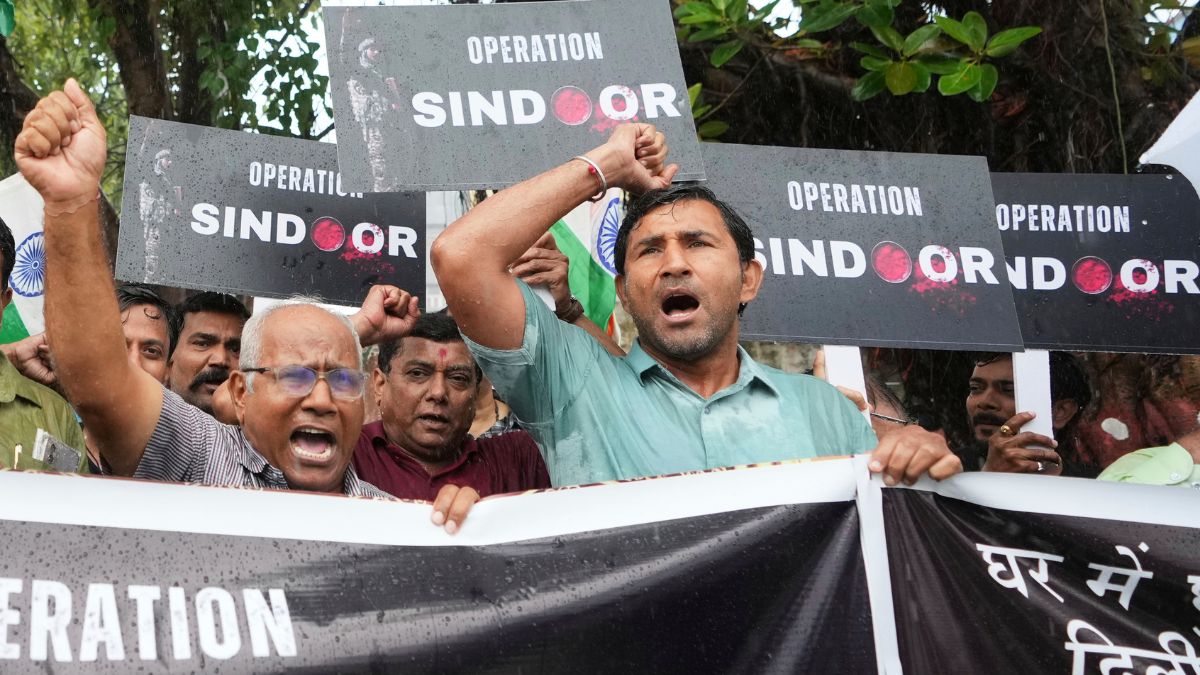)
)